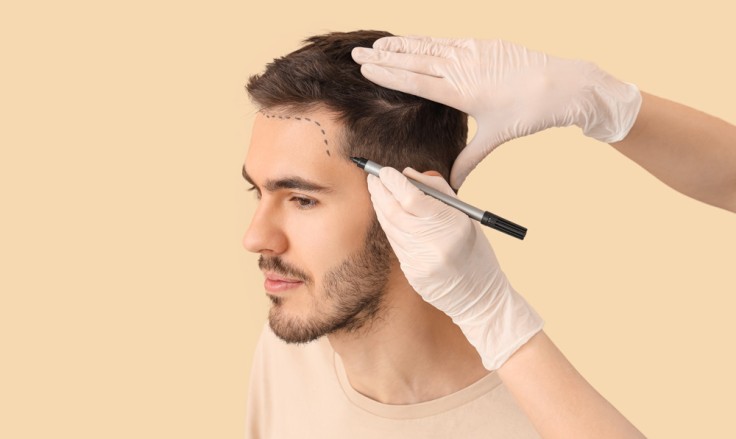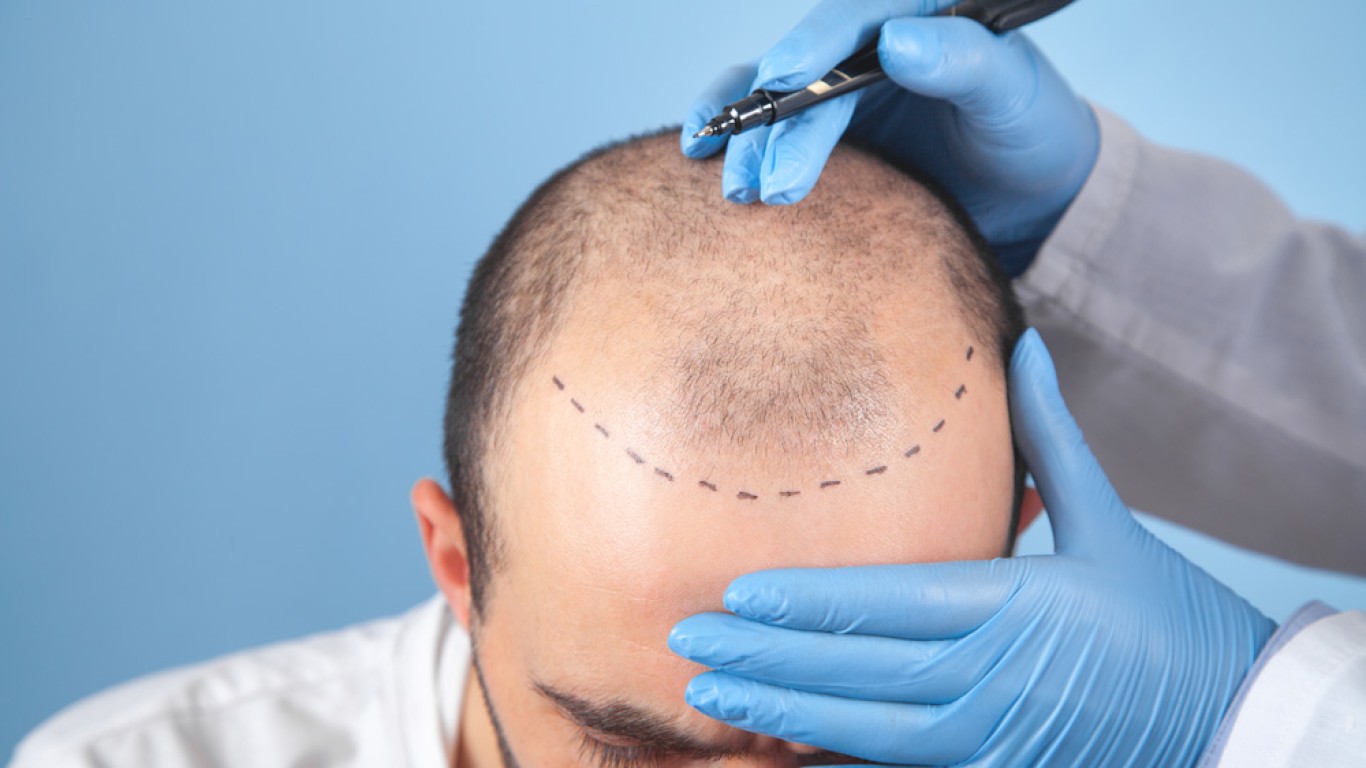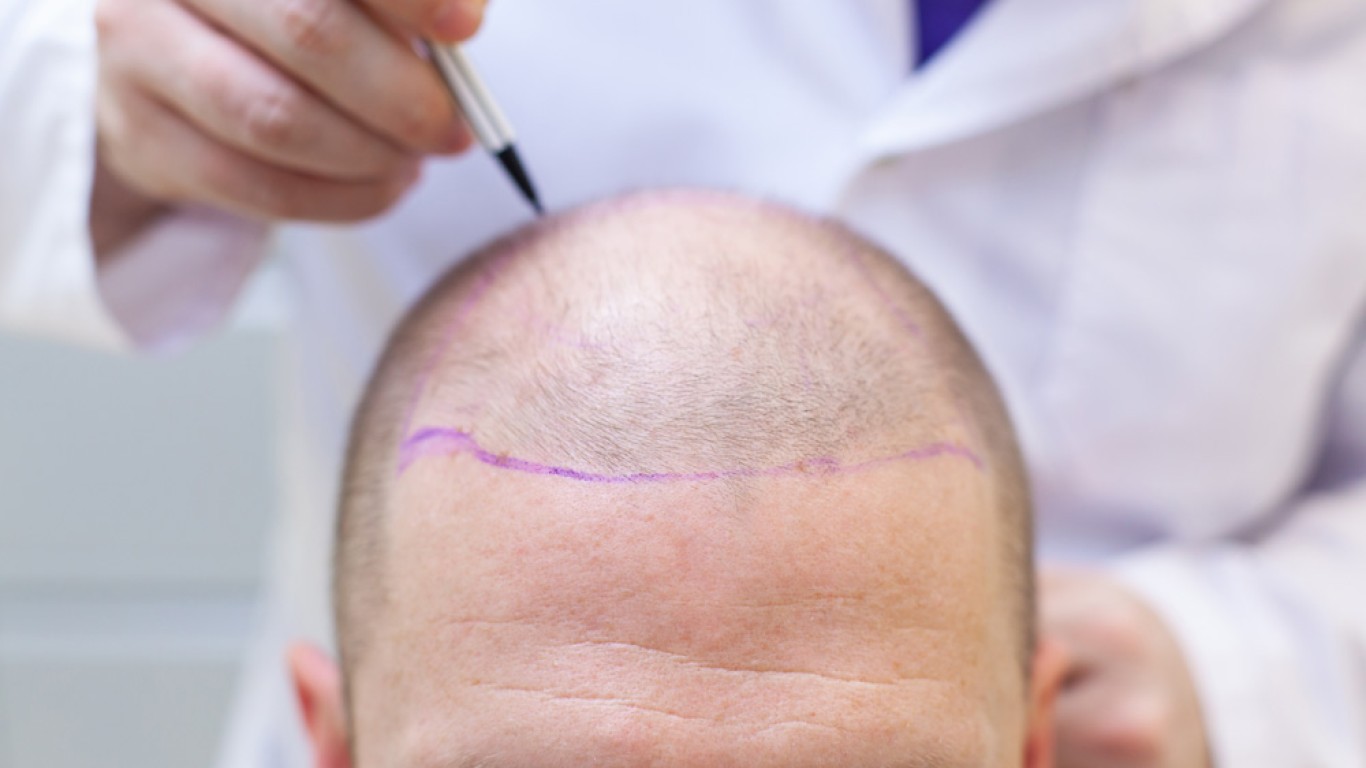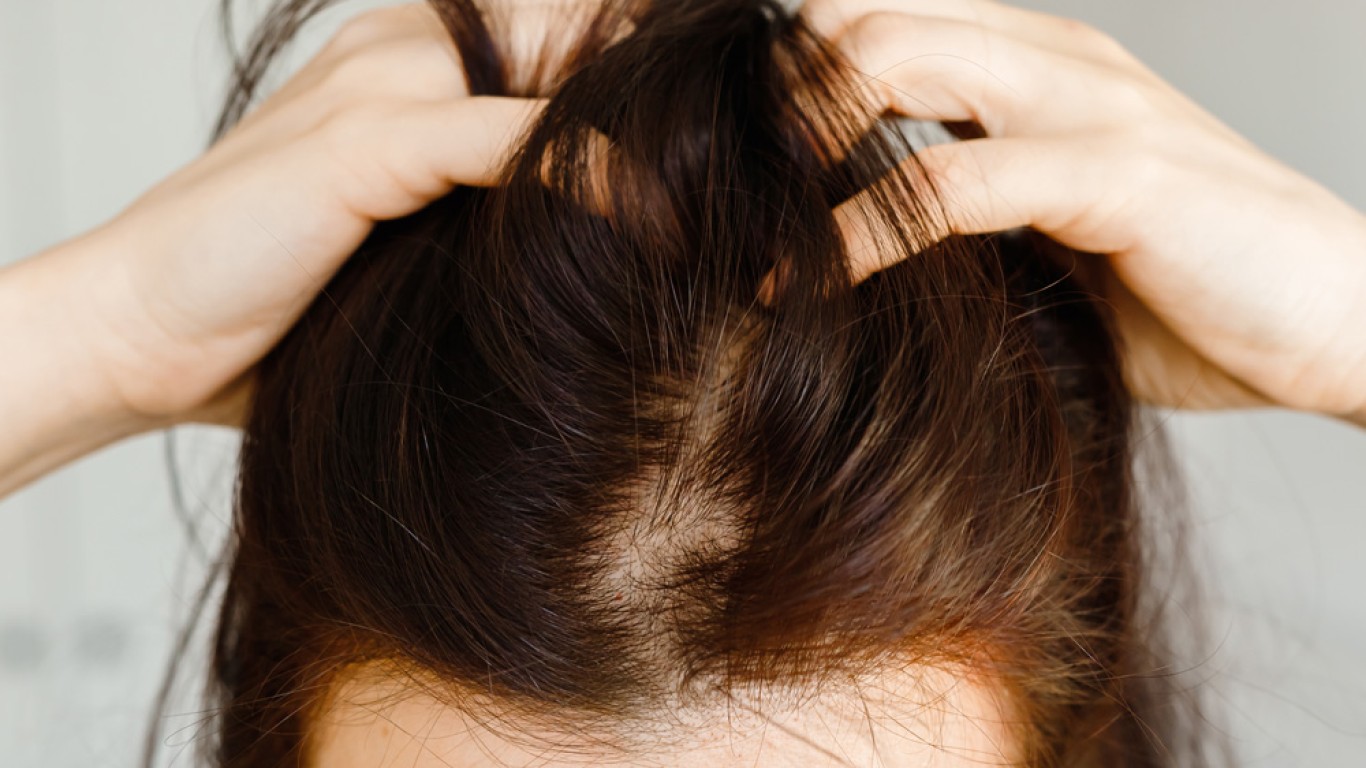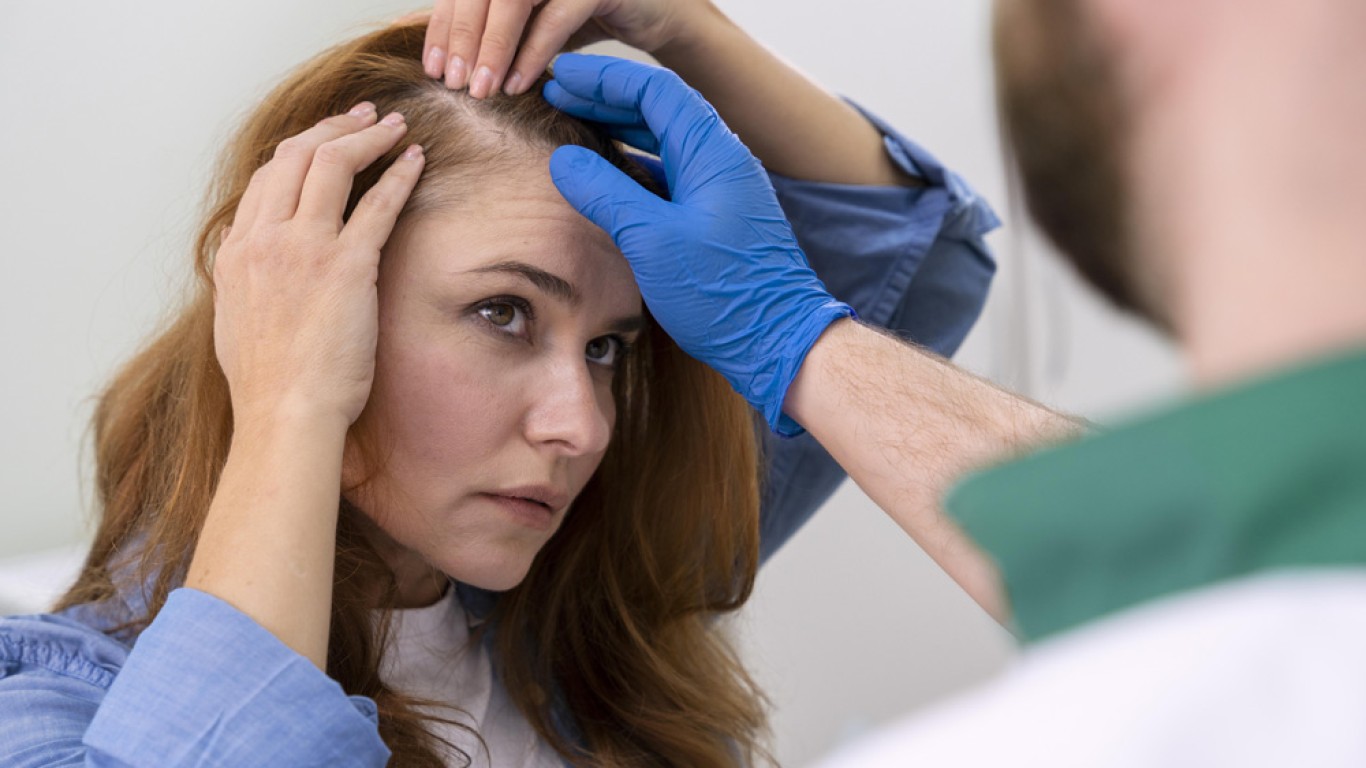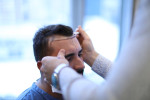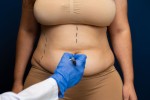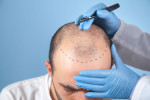Full, defined eyebrows have become a symbol of beauty and self-expression. Yet, not everyone is naturally blessed with them. Overplucking, ageing, scarring, or medical conditions can all lead to thinning brows. For those seeking a permanent solution, the eyebrow hair transplant has become increasingly popular. This procedure restores volume, shape, and symmetry. But how exactly does it work, and what can patients expect?
Here’s everything you need to know about eyebrow hair transplant, explained through key questions.
What Is an Eyebrow Hair Transplant?
Eyebrow hair transplants restore density using your own hair. Typically, surgeons harvest follicles from the back of the scalp, where hair grows thick and strong.
These follicles are carefully implanted into the eyebrow area. Once healed, they continue to grow naturally, creating fuller, permanent brows. Unlike microblading, which fades over time, eyebrow transplants offer lasting results.
Who Is a Good Candidate?
Candidates include people with thin, patchy, or absent brows. Causes can range from genetics to injury. Many patients choose eyebrow hair transplant after years of temporary fixes like pencils or tattooing.
Good candidates are generally in good health, with sufficient donor hair. A consultation helps determine suitability. Surgeons also assess desired brow shape and density, ensuring results look natural and balanced.
How Does the Procedure Work?
The process begins with designing the ideal eyebrow shape. Surgeons use the patient’s facial features for guidance.
Hair follicles are then extracted, usually using the FUE (Follicular Unit Extraction) technique. This involves removing individual follicles rather than large strips. The grafts are implanted into tiny incisions within the brow area.
Precision is essential. Each hair must be angled correctly to mimic natural growth. The procedure usually takes four to six hours.
Is It Painful?
Patients are given local anaesthesia, so discomfort is minimal. Many describe the process as more tedious than painful.
Mild soreness may follow, but this resolves quickly. Compared with invasive surgery, recovery is relatively easy. Most patients resume normal life within days.
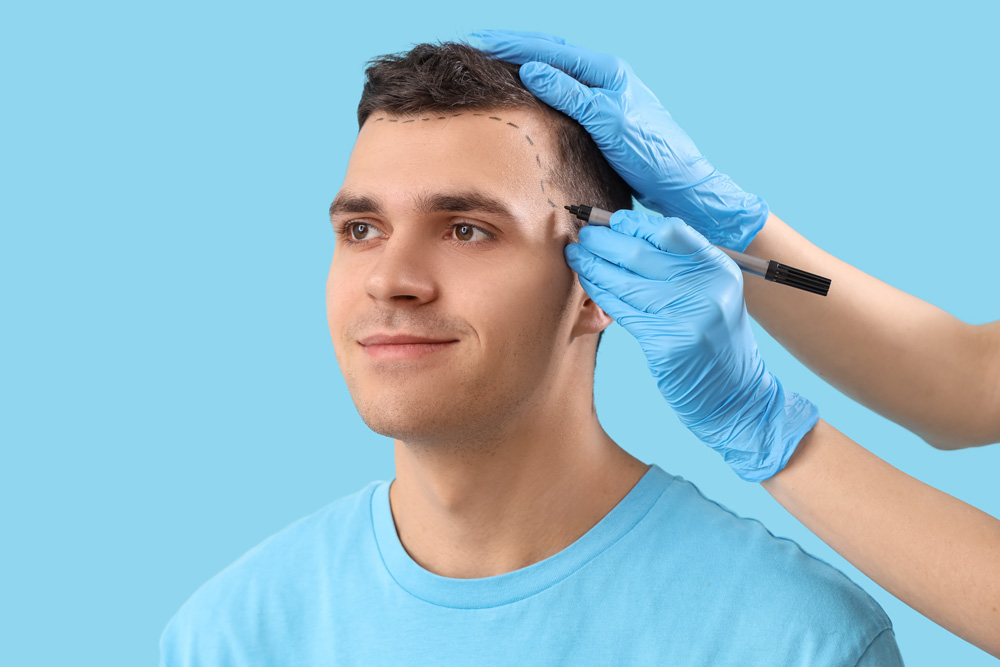
What About Eyebrow Hair Transplant Recovery?
Immediately after surgery, the brow area may appear slightly red and swollen. Tiny scabs form around the transplanted follicles. These naturally fall away within a week.
Patients are advised to avoid rubbing, heavy exercise, or sun exposure for several days. Within two weeks, most signs of treatment fade.
Hair shedding is normal in the first month. New growth begins around three months, with final results visible after nine to twelve months.
How Natural Do Eyebrow Hair Transplant Results Look?
When performed by skilled surgeons, results are highly natural. Each follicle is carefully placed to follow the natural eyebrow direction.
Since the transplanted hair comes from the scalp, it may initially grow longer. Regular trimming keeps brows neat until they adapt to their new location.
Patients often describe their new brows as transformative, boosting both facial harmony and self-confidence.
How Long Do Eyebrow Hair Transplant Results Last?
One of the biggest advantages of eyebrow hair transplant is permanence. Once transplanted follicles establish themselves, they grow just like natural brow hairs.
Unlike microblading, which requires touch-ups, this procedure offers lasting results. With proper care, patients enjoy fuller brows for life.
How Much Does an Eyebrow Hair Transplant Cost?
Costs vary depending on clinic, surgeon, and location. In the UK, eyebrow hair transplant prices typically range from £3,000 to £6,000. In the USA, costs often exceed £7,000.
Turkey offers more affordable packages, usually between £1,500 and £2,500. These often include travel and aftercare, making them attractive for international patients.
Conclusion
The eyebrow hair transplant has emerged as an effective solution for sparse brows. By using a patient’s own follicles, it delivers natural, permanent results. From the procedure to recovery, the process is straightforward yet transformative. Patients enjoy not only improved appearance but also renewed confidence.
For more information and to book a consultation visit the ACIBADEM Beauty Center Hair transplant webpage.
Frequently Asked Questions
Typically four to six hours, depending on graft numbers.
Initial growth begins around three months, with final results at twelve months.
Yes, scalp hairs may grow longer initially but adapt over time.
Yes, transplanted follicles last a lifetime.
Transplants use real hair, offering natural, permanent results compared with fading tattoos.
